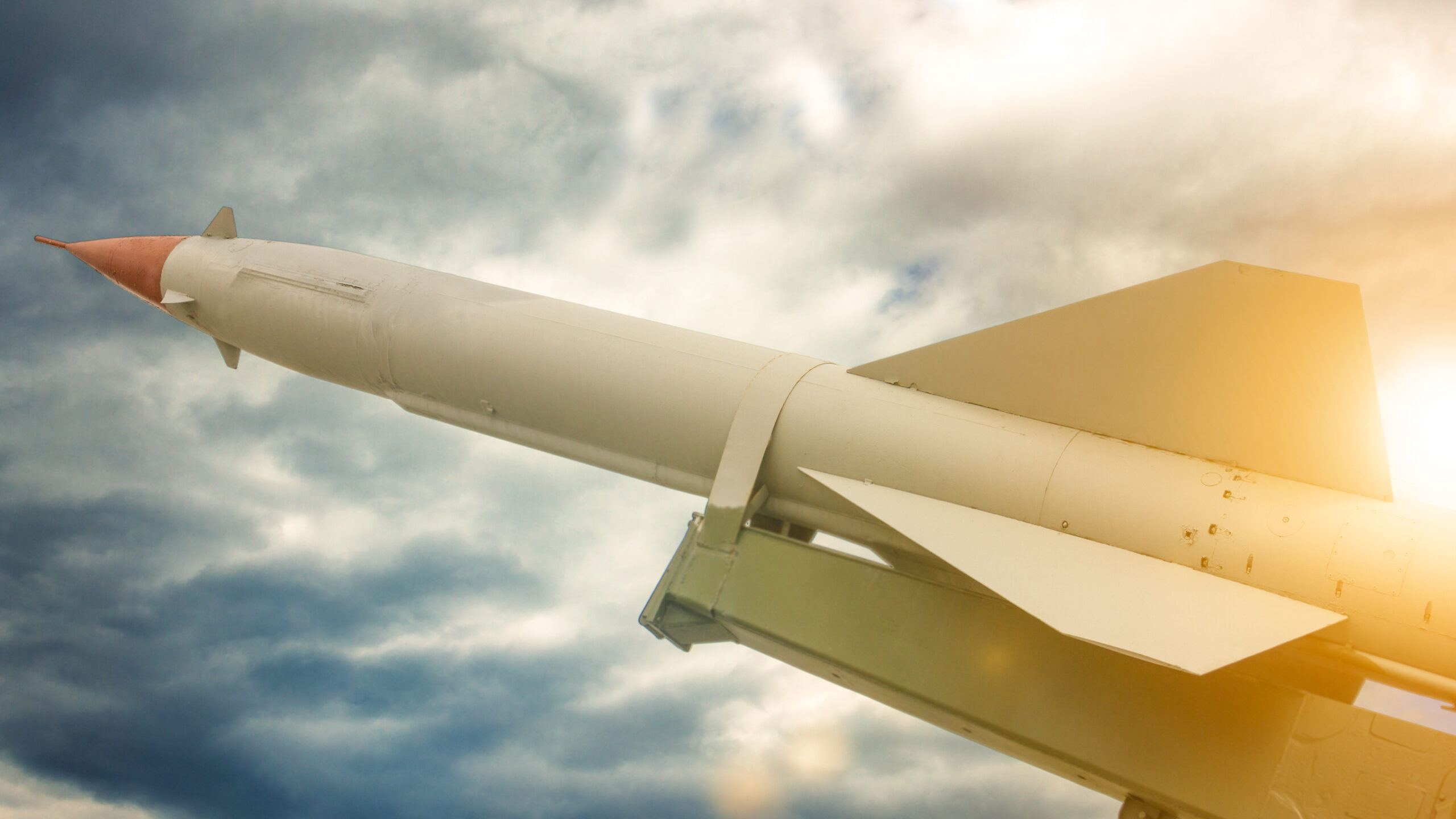Soaring Costs For US Nuclear Missile Program Reach $160 Billion

The cost of the Air Force’s Sentinel intercontinental ballistic missile (ICBM) program has surged to approximately $160 billion, up from an original estimate of $95.8 billion. This significant increase threatens to divert funding from other critical military modernization initiatives.
The Sentinel program, managed by Northrop Grumman Corp, is intended to replace the aging Minuteman III missiles. The new cost estimate reflects a $65 billion increase since 2020, according to a U.S. official, an industry executive, and a congressional aide. This financial escalation may compel the Pentagon to reconsider the scope and timeline of the project.
Bloomberg previously reported that the cost had risen to around $141 billion, with the Pentagon assessing potential changes to construction and scheduling. Northrop Grumman declined to comment, and while the Pentagon did not confirm the exact figure, it indicated that a new cost estimate would be provided around Tuesday.
The Sentinel program’s escalating costs have triggered the Nunn-McCurdy Act, a 1982 law that requires the Pentagon to justify to Congress the importance of any program whose unit acquisition costs increase by more than 25% from the baseline. Secretary of Defense Lloyd Austin is expected to deliver this formal notification to Congress next week.
Air Force leaders maintain that the Sentinel ICBM program is essential for maintaining America’s nuclear deterrent capabilities. However, due to the soaring costs, the Pentagon has also requested cost estimates for extending the service life of the existing Minuteman III missiles, as seen in documents reviewed by Reuters.
The increasing budget for the Sentinel program puts pressure on other significant Air Force priorities, including the Next Generation Air Dominance fighter jet program. Sources suggest that other projects potentially at risk include the development of hypersonic weapons, the B-21 bomber, and various space initiatives.
The financial challenges posed by the Sentinel program highlight the broader issues of managing large-scale defense projects in an era of tight budgets and evolving military needs. As costs continue to rise, the Air Force and the Pentagon will need to carefully balance their strategic priorities and financial constraints to ensure the readiness and modernization of the United States’ defense capabilities.
























